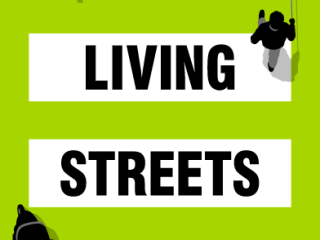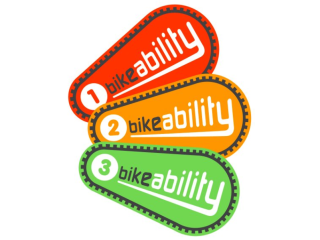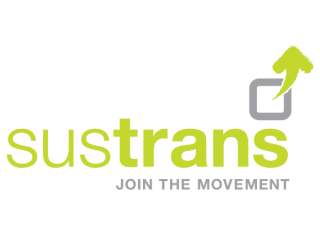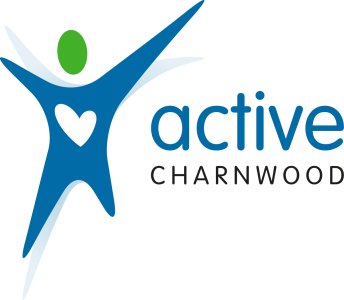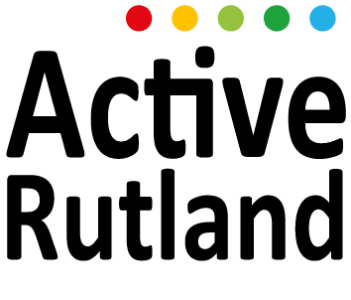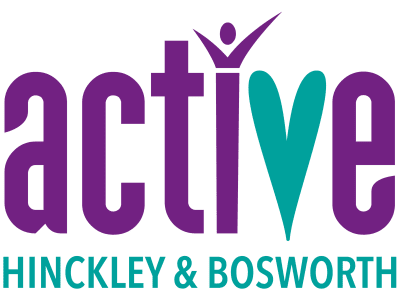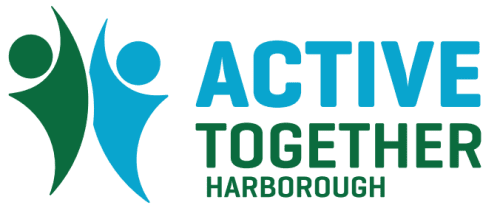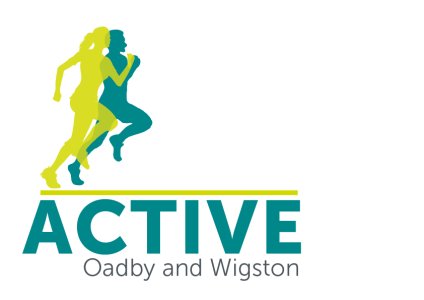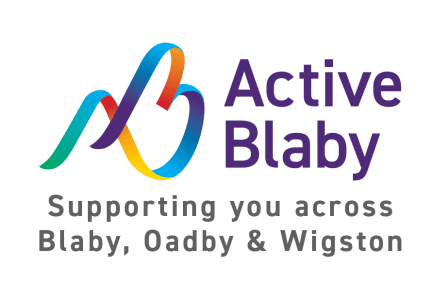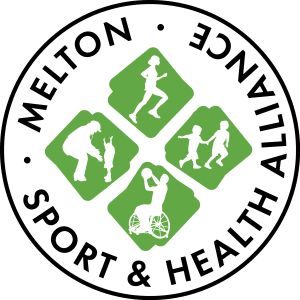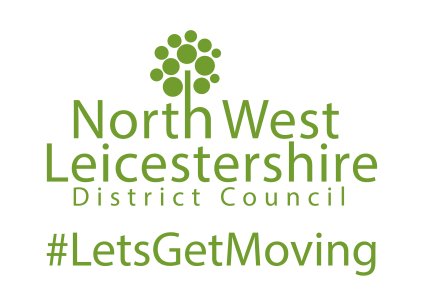Active travel means making your journeys physically active, by means such as cycling, walking, or scooting. They are often short journeys such as a trip the supermarket or into town, or your daily commute to work or school. You can incorporate active travel into longer journeys too, by parking further away or taking part of the journey by train or bus.
Benefits of Active Travel
- Improve air quality and reduces pollution / noise
- Reduce congestion, in built up cities and towns it can be quicker to use active modes of transport than to travel by car
- Incorporates physical activity into your daily routine – reduces the need to find extra time in the day to be active. Physical activity is good for our physical and mental health.
- More cost effective (for the individual and the economy) – less money spent on fuel and public transport
- Resolves parking issues at workplaces and outside schools
- Fewer cars mean the roads are safer
- Improves mood and concentration – improving productivity at work or school
- COVID-19 – safer mode of travel and reduces chance of virus transmission
Active Travel to School

Active Travel means happier, healthier children, helping them to achieve their recommend activity levels every day.
It's been proven that children who do some form of exercise, especially a walk before school, do better in class because they arrive refreshed, fit and ready to learn.
During morning peak traffic times, one in five cars on the road are taking children school, contributing to congestion, air pollution and carbon emissions.
The school run alone is responsible for generating two million tonnes of CO2 per year. Imagine what we could achieve if we began converting some of these rides to strides?

Top Tips for Walking to School / Work
- Plan your route – it might be a different journey to the one you would do in the car. Pick quieter roads or footpaths, it will be safer and the air your breather will be healthier.
- Predict how long it will take you to walk to make sure you have enough time in the mornings.
- Wear the right shoes and socks. Bring your work or school shoes in a bag and change footwear when you arrive at your destination.
- If you normally take a briefcase to work, it may be comfier to use a rucksack for walks that are longer in duration.
- Be prepared for bad weather (coat, umbrella, change of clothes/footwear).
- Use your active commute as an opportunity to teach your children about road safety.
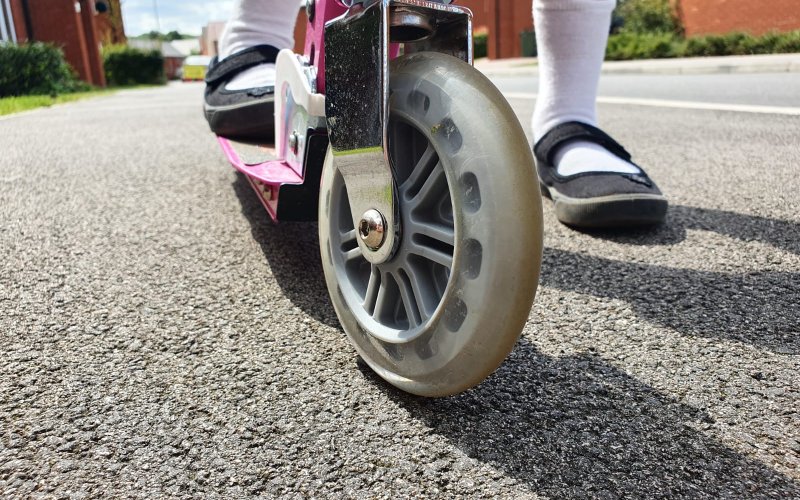
Top Tips for Cycling to Work / School
- Begin with a frequency and distance that is achievable. Perhaps get a lift to work and try riding home to begin with.
- Use a route planner to help ensure you are riding on roads suitable for your ability.
- Do a practice cycle at the weekend. Learn the route so you know how much time you will need to get to work or school on time.
- Learn how to change your tyre and perform basic bike maintenance checks. You don't want a mechanical failure to make you late.
- Pack your bag the night before. Remember a change of clothes or footwear if you are wearing activewear for your commute.
- Give yourself time to shower and change when you get to work if you need to.
- Safety first – always remember a helmet, lights, and reflective clothing.
Useful Links
-
A partnership project to encourage more people in Leicester & Leicestershire to choose more active and sustainable methods of travel.
-
Is a Sustrans campaign takes place between March and April and is the UK’s largest inter-school cycling, walking and scooting competition.
-
This campaign takes place in May and aims to celebrate and encourage walking campaign
-
The Junior Road Safety Officer (JRSO) Scheme
JRSO scheme is a scheme available to primary schools in the districts of Leicestershire. Schools who sign up will receive equipment and badges for pupils as well as resources appropriate for younger pupils.
-
Modeshift STARS is a scheme that recognises schools, businesses and other organisations that have shown excellence in supporting cycling, walking and other forms of sustainable and active travel.
-
Cyclescheme is an employee benefit that saves you 25-39% on a bike and accessories. You pay nothing upfront and the payments are taken tax efficiently from your salary by your employer.
-
Living Streets want a nation where walking is the natural choice for everyday local journeys. Their mission is to achieve a better walking environment and inspire people to walk more.
-
Bikeability is a cycle training programme, with a level to suit everyone. It's about gaining practical skills and understanding how to cycle on today's roads.
-
Sustrans are working to make sure that the way we travel creates healthier places and happier lives for everyone. They are a charity making it easier for people to walk and cycle.
-
The Choose How You Move rewards challenge, powered by BetterPoints, allows you to earn points for walking and cycling in Leicester City and across the County and redeem them for high street vouchers or donate them to your favourite charity.
-
Cycle to Work Scheme allows you to choose a bike, hire it for an agreed length of time, then snap it up for a fraction of its original value.








